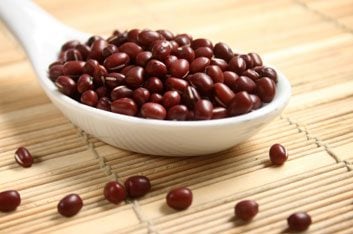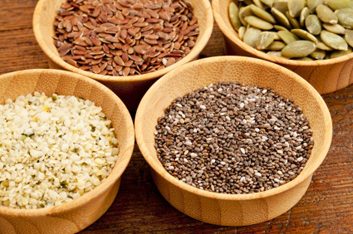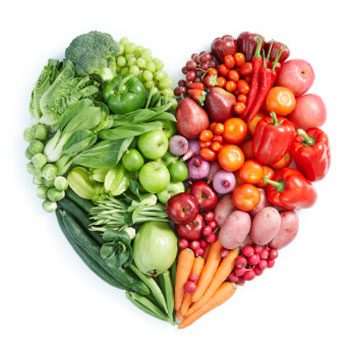
Cut down obesity risk
High-fibre foods often require more munching time. This slows down your eating, which allows your brain to register feelings of fullness. According to the Heart & Stroke Foundation, studies show that women who consume more dietary fibre are half as likely to be obese as those who consume less.

Get full faster
Fibre is thirsty like a sponge-it can soak up many times its own weight in water. “[Fibre] absorbs water in your mouth and passing into your stomach. A high-fibre food swells up in your stomach and fills you up faster,” explains Natalie Brown, a registered dietitian in White Rock, B.C.

Feel full longer
Complex carbs, such as fibre, break down slowly. Fibre-rich foods take longer to digest, so they stay in your stomach longer, which keeps you feeling full and discourages overeating. Brown recommends some simple strategies to boost fibre intake: Choose whole-grain and whole-wheat products instead of those made from white flour; enjoy fresh fruit instead of drinking juice; and add barley, beans, peas or lentils to casseroles and soups.

Consume less calories
Fibre-rich foods are often lower in calories than foods that have little or no fibre, says Brown, making them a great choice for anyone who’s trying to lose weight (or avoid gaining). Take advantage of this fact when dining at a restaurant-choose whole-grain breads, wraps, pizza crusts and pasta, when possible, or order a fibre-rich salad.

Fight disease
Fibre is associated with lowering blood cholesterol and decreasing the risk of heart disease, diabetes, obesity and certain types of cancer. Start enjoying the benefits by giving your breakfast a healthy boost of fibre: add a spoonful of wheat bran or ground flax seed to your cereal or yogurt.

Prevent colon cancer
Often called “roughage” or “bulk,” insoluble fibre promotes bowel regularity, whisks the waste out of your system faster, and helps prevent colon cancer. You can find it in whole-wheat bread, wheat bran, green beans and dark-green leafy vegetables, edible skins of fruit and root veggies, and seeds and nuts.

Reduce risk of heart disease
Soluble fibre helps control blood sugar levels and reduces blood cholesterol, which helps lower the risk of heart disease. Some soluble fibres offer “fermentability”; they’re digested by healthful bacteria in the large intestine, which helps maintain colon health. You can get soluble fibre by eating certain fruits and veggies, grains, legumes, and psyllium. Eat a variety of foods to get the most benefits.

It’s an easy way to eat healthier
Often, increasing your fibre intake is as simple as switching to a higher-fibre version of something you already eat. You can also increase fibre content by adding berries to muffins and pancakes; adding a couple of spoonfuls of wheat bran to yogurt or lower-fibre cereals; replacing mayonnaise with hummus; eating potatoes with the skins on; snacking on seeds and nuts; eating whole fruits rather than drinking their juice; adding lentils, peas or beans to pasta sauces; and switching to whole-wheat pasta and brown rice.
Related:
• 6 ways to sneak more fibre into your diet
• The 5 vegetables that are highest in fibre
• 10 ways to get more fibre
